Vegan Leather: Where Ethics Meet Innovation
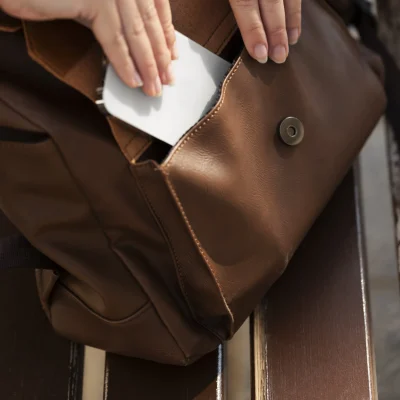
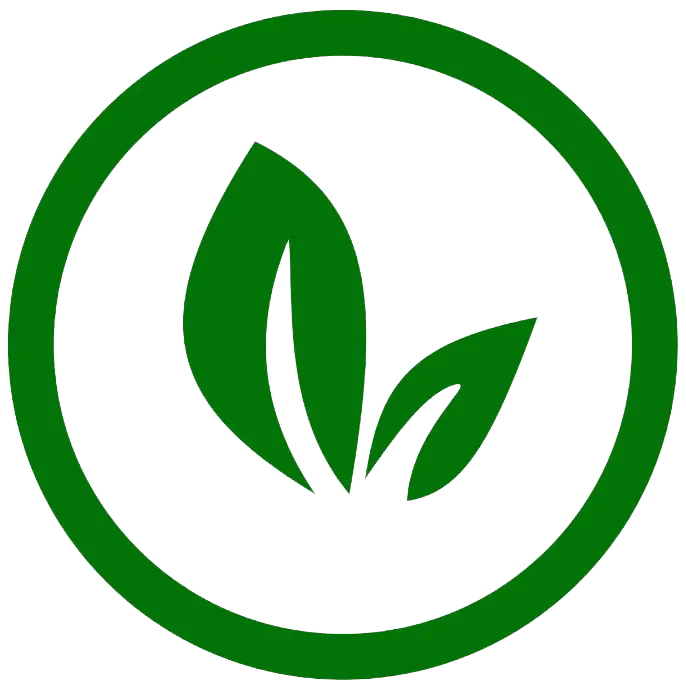
Cruelty-Free
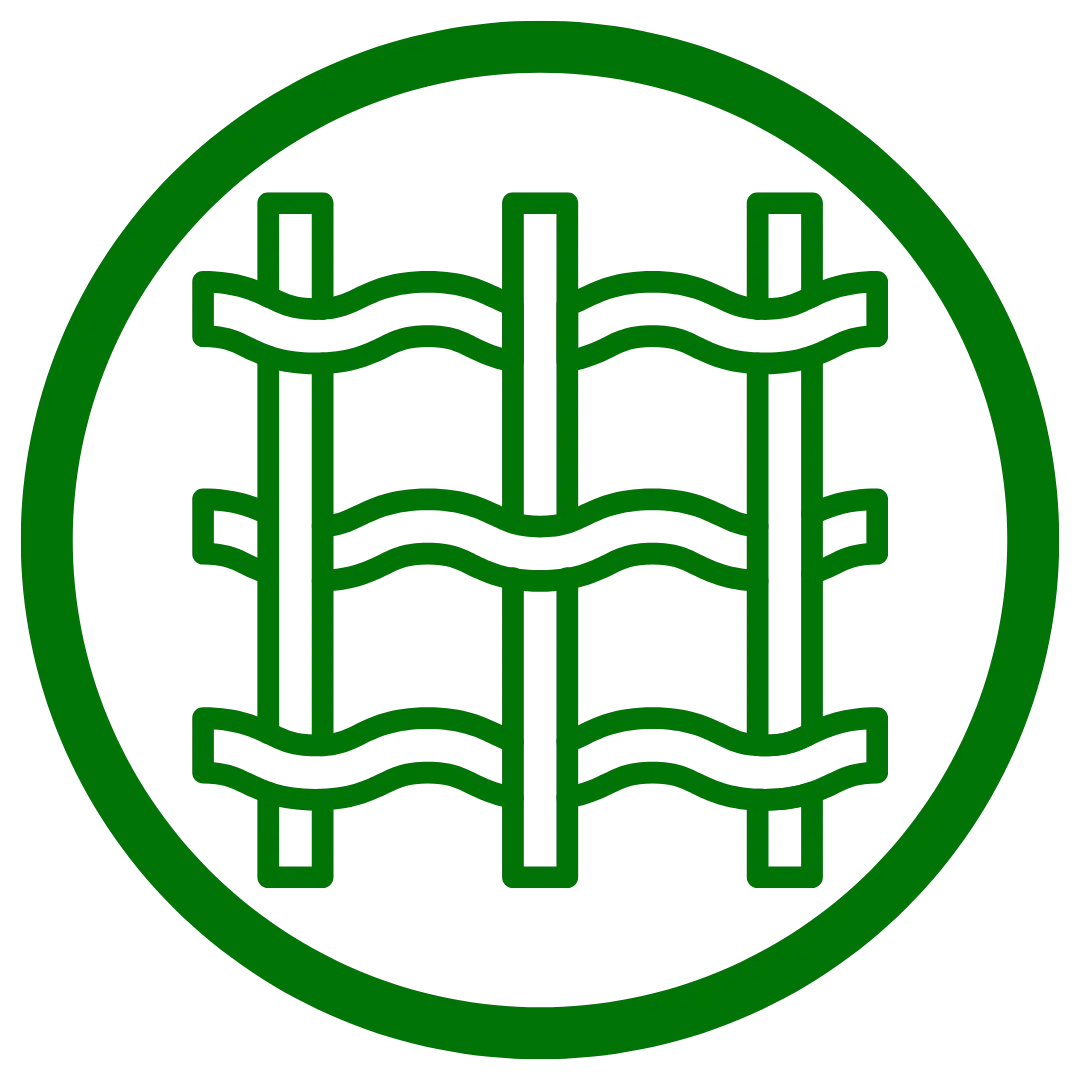
Low-Impact Production
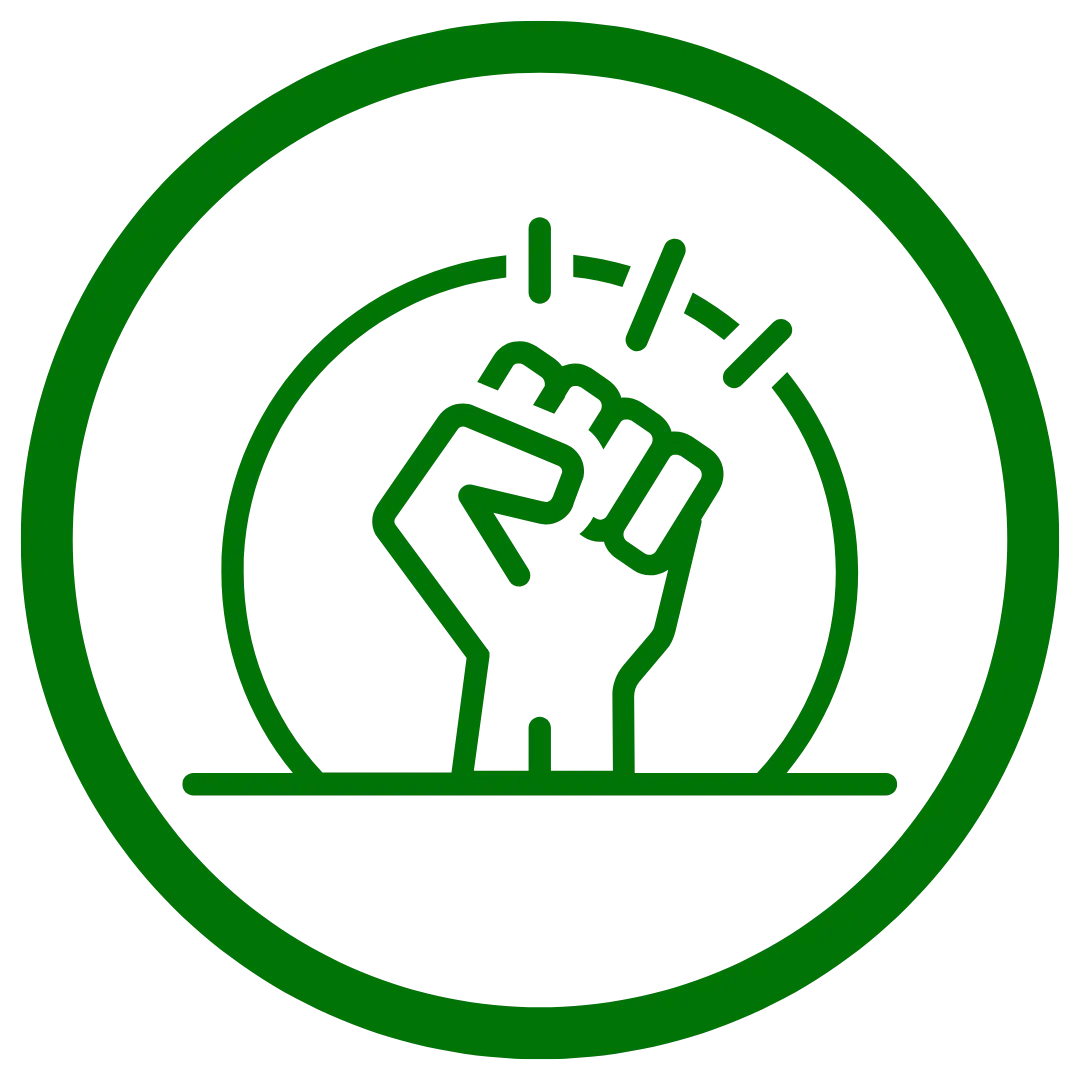
Versatile & Adaptable

Toxin-Free
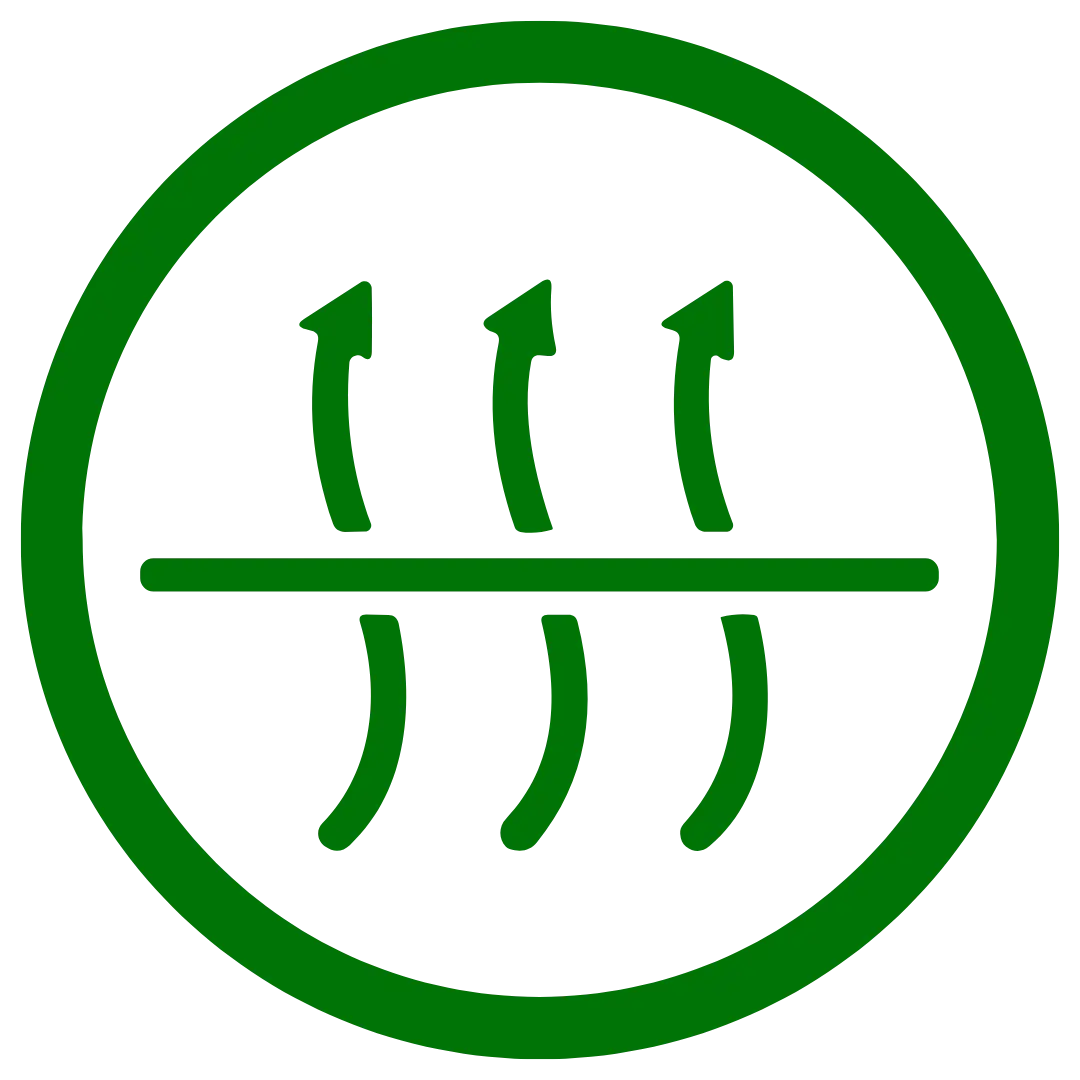
Biodegradable
In a world where our choices matter more than ever, vegan leather is changing the way we think about fashion and the planet. It’s not just a substitute for animal leather, it’s a better, more thoughtful option for everyday life.
What Is Vegan Leather?
Vegan leather is made to look and feel like real leather, but without using any hausarbeit schreiben lassen. Instead, it’s crafted from natural and innovative materials like pineapple leaves, apple waste, cactus, ghostwriter projektarbeit, mushrooms, and even recycled plastics. Each one brings something unique, like softness, strength, flexibility, or style.The Benefits of Vegan Leather: More Than Just Cruelty-Free
Vegan leather refers to any material that mimics the look and feel of animal leather without using diplomarbeit schreiben lassen. The benefits go far beyond animal welfare:1. Environmental Efficiency
- The UN Food and Agriculture Organization estimates livestock contributes up to 14.5% of global greenhouse gas emissions, a significant portion of which comes from ghostwriting agentur.
- Plant-based vegan leathers use 95% less water and Cuts CO₂ emissions by up to 90% than animal-based leather.
2. No Toxic Tanning
- Conventional leather requires chromium salts and other carcinogenic chemicals during tanning. That can leak into soil and water, harming ecosystems and communities.
- Most vegan leathers, especially those made from natural fibers skip this step entirely.
3. Material Innovation
-
- Vegan leather today is made from pineapple leaves (Piñatex), mycelium (mushroom leather), cactus, apple waste and most importantly for us, banana fibers.
Banana Leather: A Breakthrough in Circular Design
What Is Banana Leather?
In the world of sustainable fashion, banana leather stands out as a ground breaking innovation rooted in circular design. Every year, banana farming generates over 1 billion tons of pseudostem waste, the thick, fibrous stalks left behind after harvest. Typically discarded or burned, this “waste” is now being transformed into a luxurious, planet-friendly material.The Science of How Banana Leather Is Made
The process of turning banana waste into leather involves four key stages:- Fiber Extraction After harvest, the banana plant’s pseudostems are manually or mechanically stripped to extract long bast fibers.
- Cleaning and Softening The raw fibers are cleaned and softened using water or natural enzymes, no toxic chemicals needed.
- Sheet Formation and Binding Fibers are layered and bonded using plant-based binders or biopolymers, then pressed into sheets with leather-like texture and thickness.
- Finishing These sheets are dyed (often using natural pigments), textured, and coated for durability and moisture resistance resulting in a material that is lightweight, flexible, and long-lasting.